USA and Canada
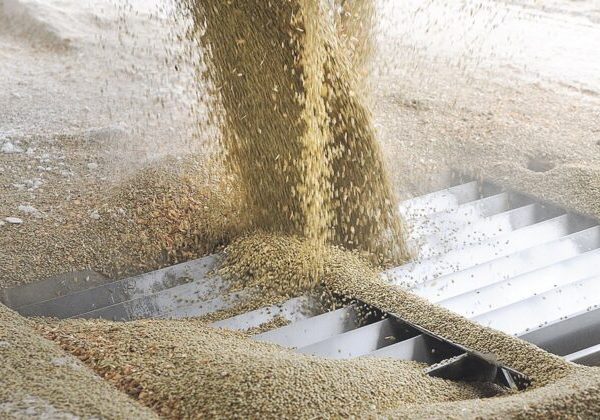
Growth in global pulse trade brings expanded pulse data reporting
The International Grains Council is expanding its reporting on pulse crops.
The IGC started collecting more information on pulses in 2019, publishing a bimonthly update on the global pulses trade outlook and a production forecast for dry peas, lentils and chickpeas in its Grain Market Report (GMR).
It also publishes supply and demand projections for the major exporters of peas, lentils and chickpeas every month on its web site and in its Grains Monthly Report.
But with global trade in pulses expanding continuously over the past five years to reach an estimated 16 to 17 million tonnes in 2021, it has decided to add pulses in the definition of “Grains,” which will gradually increase the amount of information it publishes going forward.
Read More…

October rains bring relief to some, drought persists
October rains brought much-needed drought relief to portions of the American Northern Plains and Canadian Prairies.
The welcome fall precipitation was particularly plentiful in the Dakotas, western Minnesota and central and southern Manitoba.
“This rain event that took place across these areas was huge in at least reducing some of the fear that we wouldn’t be able to get a crop in the ground,” said Drew Lerner, president of World Weather Inc.
He stressed that the October moisture has not eliminated the drought. There are still many areas that are “critically dry” such as eastern and southern Alberta, the western two-thirds of Saskatchewan and portions of Montana.
Read More

Cost of dairy products could spike in Canada next year
The Canadian Dairy Commission is recommending an 8.4 per cent increase in farm gate milk prices, a large hike that is expected to raise the cost of dairy products on store shelves in the new year.
The federal Crown corporation says the price increase is expected to be approved by provincial authorities next month and take effect Feb. 1.
The commission says the higher price processors will pay will help offset increased production costs for farmers due to the COVID-19 pandemic.
It says feed, energy and fertilizer costs have all been particularly impacted, causing farmer revenues to fall below the cost of production.
Read More…
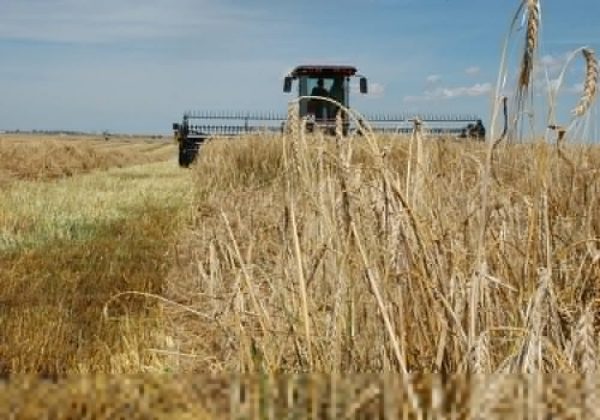
Leveraging stewardship data for end users and markets
Keeping the data straight for every field and crop might be optional for now, but traceability is the next reality
The world’s food system is slowly moving away from the bulk commodity model to one where stories on production techniques accompany products from farmgate to end users.
These emerging markets require traceability standards to help differentiate food or fuel in ways that a bulk commodity system for commodities like grain does not allow.
Two Canadian companies, Croptimistic Technology and Combyne Ag, are among those agricultural companies changing their business models to make this transition. They recently formed a new relationship.
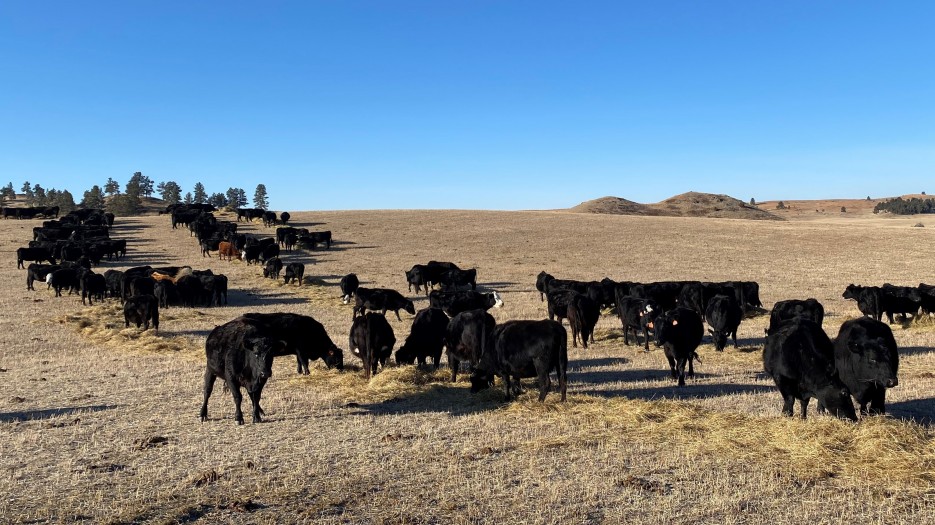
Reduced Crop Yields, Orchard Removals and Herd Sell-Offs — New AFBF Survey Results Reveal How Farmers and Ranchers are Dealing with Drought
With over 70% of the American West, Southwest and Northern Plains categorized in D3 (severe) drought or higher since June, AFBF has designed and distributed a second round of its Assessing Western Drought Conditions survey to evaluate drought’s continued impact on farm and ranch businesses. This Market Intel, part of a series of drought-focused articles, summarizes the results of the October survey. A summarization of June survey results can be foundhere. Past articles have also monitored state-specific hardships faced by farm and ranch families including: Arizona, Idaho, Oregon, Montana, Nevada, New Mexico and California.
Read more…
New Zealand

New Zealand wine in high demand despite labour and supply chain challenges
The value of New Zealand wine exports hit $600 million in the September quarter, up 9 per cent on the same period last year, with no sign of slowing.
New Zealand Winegrowers chief executive Philip Gregan said international demand was high, reflected in its price per litre, which was also up 4 per cent.
The demand proved that New Zealand wine’s distinctive flavours, quality and sustainability credentials were resonating with global consumers, he said.
Read More here…
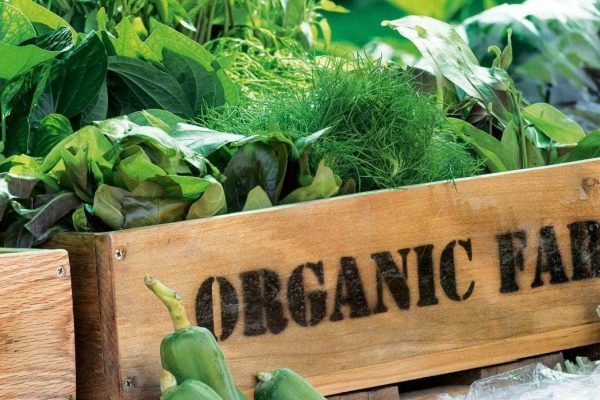
Organic sector aims to contribute $4.7 billion to GDP by 2030
The country’s organic producers and operators have an ambitious plan to increase their contribution to GDP to $4.7 billion by the end of the decade.
The sector’s strategy to develop the country’s organic production sector was launched on Friday. Taking Action for a Better New Zealand was commissioned by umbrella group Organics Aotearoa New Zealand (OANZ) with funding from the Ministry for Primary Industries.
Chief executive Viv Williams said international research showed organic and regenerative farming sequestered more carbon and released less carbon dioxide and nitrous oxide into the air than conventional farming.
Read More here…
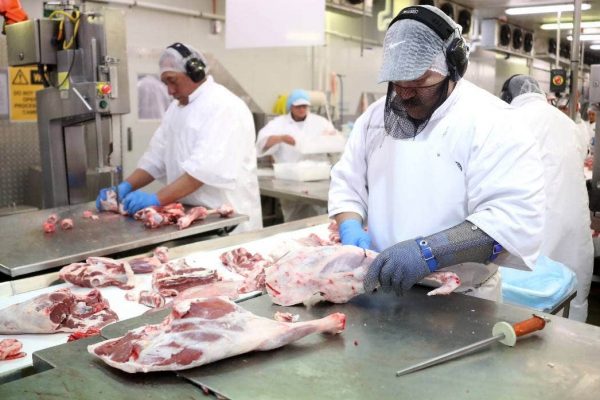
Beef exports top 100,000 tonnes in third quarter for first time
Red meat exports rose 28 per cent year-on-year to hit $2.2 billion for the third quarter of this year, while beef exports topped 100,000 tonnes for the first time, the Meat Industry Association says.
The red meat sector has seen strong growth in recent months with September exports alone reaching $642m.
Association chief executive Sirma Karapeeva said major markets were China, with exports up 57 per cent to $830m, the United States, up 35 per cent to $542m and Japan, up 61 per cent to $109m.
The sector was earning important revenue for the country when other parts of the economy were significantly affected by the Covid-19 pandemic, she said.
Read More here
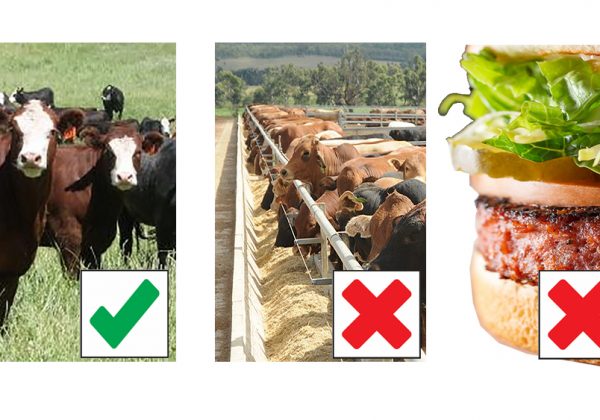
Ongoing research at the Riddet Institute is proving the health benefits of pasture-raised beef over grain-based feedlot beef, even plant-based pretenders
This week we are continuing to explore the research that compares pasture-raised beef and lamb versus grain-finished livestock, and versus protein alternatives.
On the show I have Dr Lovedeep Kaur from Massey University and the Riddet Institute reviewing the interim results of the second stage of research that explores how the human digestion system responds to these alternatives and how their nutrients are then absorbed by the body.
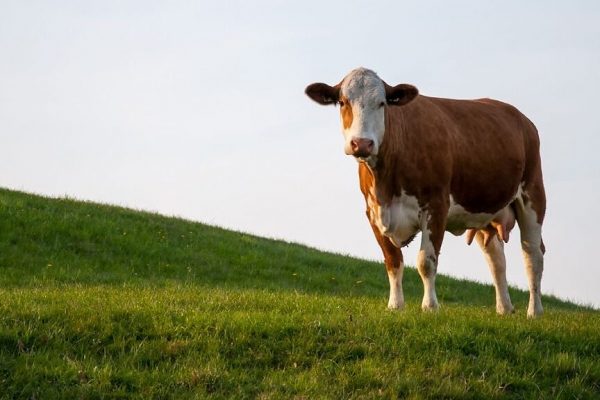
Keith Woodford points out that no-one has found an alternative to dairy for New Zealand’s export-led economy
The New Zealand economy is export-led. That is the way it has to be for a small mountainous country in the South Pacific, largely bereft of mineral resources and with minimal manufacturing, but blessed with a temperate maritime climate and lots of rain.
Alas, both history and current realities tell us that New Zealand has limited international competitive advantage in relation to technology-based engineering. That statement will be offensive to some, but the hard reality is that we cannot be considered world-leading in relation to chemical, electrical or mechanical engineering beyond small niche areas. Nor are we internationally competitive in relation to manufacture of pharmaceuticals.
Australia
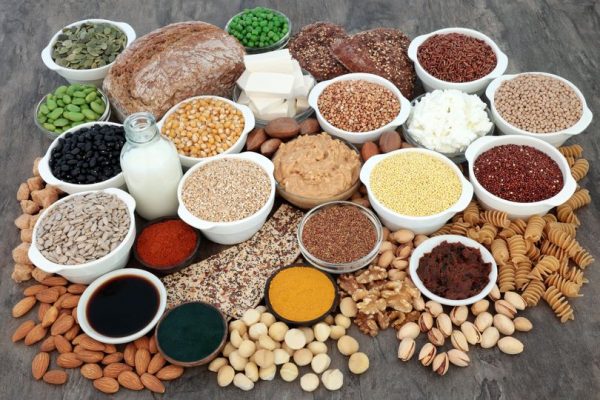
Pulse producers urged to be patient as supply chain issues bite
WHILE there is a rosy outlook ahead for producers of most grain crops this year, world shipping and supply chain woes are making life difficult for Australian pulse exporters.
A shortage of shipping containers in particular is hurting legume exporters, with a far larger percentage of pulses exported in containers as opposed to bulk shipments than with commodities such as wheat.
Working through the supply chain this has meant limited inquiry for pulses at a farmgate level as exporters deem it too risky to write business given the current uncertainties regarding export executions.
Read more here…
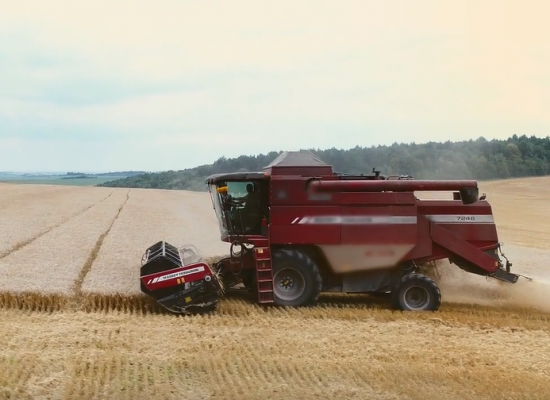
Crop industry urged to prepare for more severe, more frequent viruses
JUST as in human health, the plant breeding sector says preparedness for novel disease is critical in ensuring the grains industry can handle any unexpected disease incursions.
A researcher from The University of Western Australia’s Institute of Agriculture has led a comprehensive review of virus disease research in Australia’s cereal and oilseed crops since the 1950s and has some sobering news for the Aussie grains industry.
UWA adjunct professor Roger Jones said Aussie ag needed to prepare for ‘potentially devastating’ future virus disease epidemics.
Read more here…
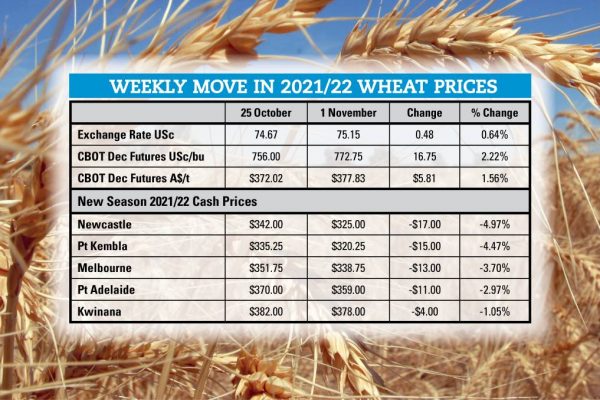
Supply issues for wheat market
Chicago Board of Trade wheat futures have just had their fifth monthly gain in a row. That is the longest rally in wheat futures since 2007. While wheat stocks are not as tight as in the 2007/08 period, it illustrates that there is a fundamental supply issue in the wheat market right now.
In particular, exports from Russia have been slow this year against lower production, and ongoing taxes on Russian exports. This is leaving a bit of a supply gap in the global wheat market.
It has been assumed that big crops in Australia and Argentina will provide a much-needed boost to exportable supplies of milling wheats for the global market, but concerns are now mounting that harvest rains will restrict our volumes of high protein milling wheat.
Read more here
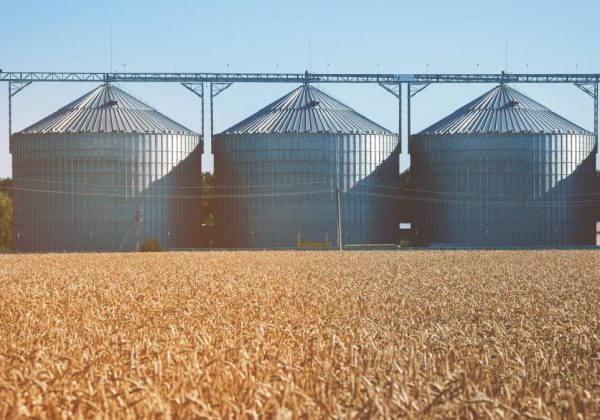
Local wheat and barley prices tumble
Southern Queensland grain prices tumbled last week under the weight of increased farmer selling.
Stockfeed wheat bids plunged $15 to $320 a tonne delivered into the Darling Downs while feed barley was down $10 to $285.
Local silo bids were also sharply lower for most grades. Benchmark APW tumbled by $18/t to $331/t on Brisbane equivalent terms. ASW and Hard2 were also down by a similar amount while APH grades were only modestly lower.
Similar declines were seen for new crop prices across NSW and Victoria. Old crop prices in southern NSW and Victoria, where grain harvest won’t start for a few weeks, remain firm.
Read more here …
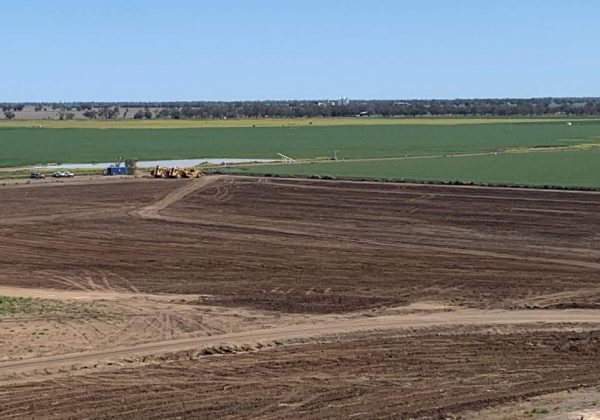
East coast prepares for grain storage squeeze
FACING successive massive harvests, large carryover and the prospect of big tracts of crop ripening at the same time bulk handler GrainCorp remains confident it will be able to handle the east coast crop in a timely manner.
There has been some concern from the farming community, especially in NSW’s Central West, that there will be long delays caused by a lack of space in the bulk handling network.
With a forecast wet late spring and early summer there is the fear crop could be downgraded due to weather damage if it cannot be harvested in a timely manner due to a lack of space to store it.
However, GrainCorp general manager of operations Nigel Lotz said he believed the company was up to the challenge.
Read more here…
South America
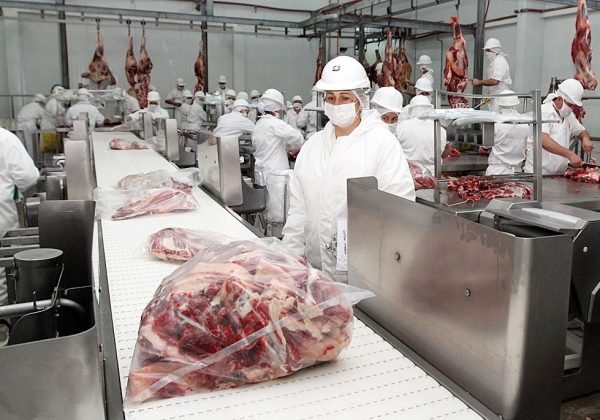
Uruguayan exports on the rise, report shows
Beef, meat by-products and wood have boosted Uruguayan exports, which were reported to have grown 17.2% overall in October, it was announced Monday in Montevideo. Meat sales once again reached record figures.
Export applications —including duty-free zones— totalled US $ 897 million in October, which represented an increase of 17.2% compared to the same month in 2020, the Uruguay XXI Institute reported Monday.
Meanwhile, exports from customs -that is outside duty-free zones- reached US $ 782 million last month, a 16.6% growth compared to October last year.
Between January and October 2021, exports grew 31% YoY and 12% above pre-pandemic figures from January to October 2019, according to Uruguay XXI.
Read More here…
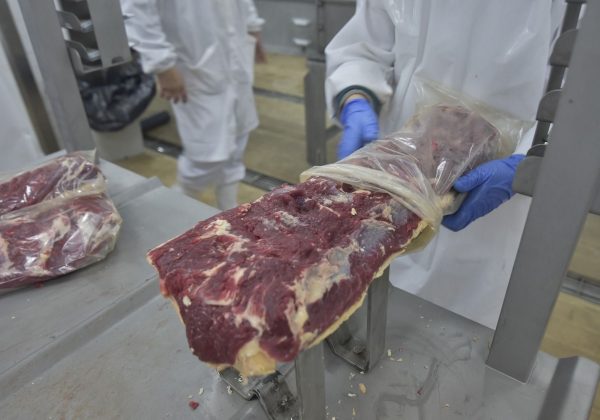
Paraguay: Beef exports reach all-time high
Over 283,214 tons of beef have been exported by Paraguay between January and October 2021, in what has become a historical record for the country, according to the National Service for Animal Quality and Health (Senacsa).
A Senacsa detailed report released Tuesday also showed Paraguay has shipped 283,214,243.57 kilos of meat worth US $ 1,372,943,994.63 in the first ten months of 2021.
The document also revealed a total of 50,747,649.06 kilos of bovine giblets worth US $ 104,527,687.40 had been place abroad, while 117,344 heads of cattle have been slaughtered to yield 28,731,587 kilograms of beef.
Read More here

Wine production in South America booming: Chile 30% up and Argentina 16%
Wine production in Chile this season is expected to increase 30% because of the excellent climate conditions. Some 13,4 million hectoliters are estimated which will also be a record production for Chile and most probably will overtake Argentina.
The International Organization of Vine and Wine, OIV, made the official presentation of production estimates for 2021, which given the absence of major climate incidents so far, has meant a considerable jump in grape harvest and wine production in most South American producing countries.
Likewise Chile and Argentina, according to OIV, are strong candidates to fill the vacuum left by Australia in its banned sales to China.
Read more here

Belize resumes shipment of corn to Guatemala
Belize has resumed shipment of corn to Guatemala, 13 years after the last shipment, even though the two countries have signed a preferential trade agreement in 2006 that came into effect four years later.
A consignment of grain destined for Guatemala City from the Valley of Peace Farms Limited departed last Thursday, signalling the resumption of trade in corn between the two countries. The corn was shipped to Gruma, a Mexican multinational company.
“About three weeks ago, Maseca reached out and said that they have a need for corn and we said that we have corn.
Read more here…
Food Updates

Is the plant-based sector set for an investment boom in 2022?
The research suggests that plant-based products are set for an investment boom in 2022, as manufacturers respond to an increasing consumer trend towards the movement.
New research commissioned by Atura Proteins, UK-based manufacturer of naturally produced pulse protein ingredients, reveals food and drink brand owners and manufacturers are most likely (56 percent) to invest their new product development budgets in the development of plant-based products in 2022.
Broadening product ranges to appeal to flexitarians ie, those who eat a plant-based diet without eliminating meat completely (48 percent), and vegans (47 percent) was the most common reason for plant-based investment, with interest from retail customers and environmental concerns both on par (36 percent).

The key to a healthy heart? You need to look at the full picture
Read more here…

Everything you need to know about personalised nutrition
Read more here…

The future of trust and transparency in the food supply chain
Globally, the food and beverage sector remains on shaky ground, according to a recent report from Edelman on trust. Following an increase in institutional trust between May 2020 and January 2021, consumers’ faith in the food and drink sector has plummeted.1
This is unsurprising considering the disquiet that’s been dominating the headlines in recent year – from Brexit and worker shortages, to food insecurity, climate change, GMOs, pesticides and antibiotic resistance.
Among subsectors, brewing and spirits has been hit the worst, although it seems that makers of food additives are the least trusted by consumers overall. Despite also seeing a decline, farmers and fisheries remain the most trusted division of the food and drink chain.1,3
Read more here…

Butchers have climate change in mind, says new industry survey
Read more here…


